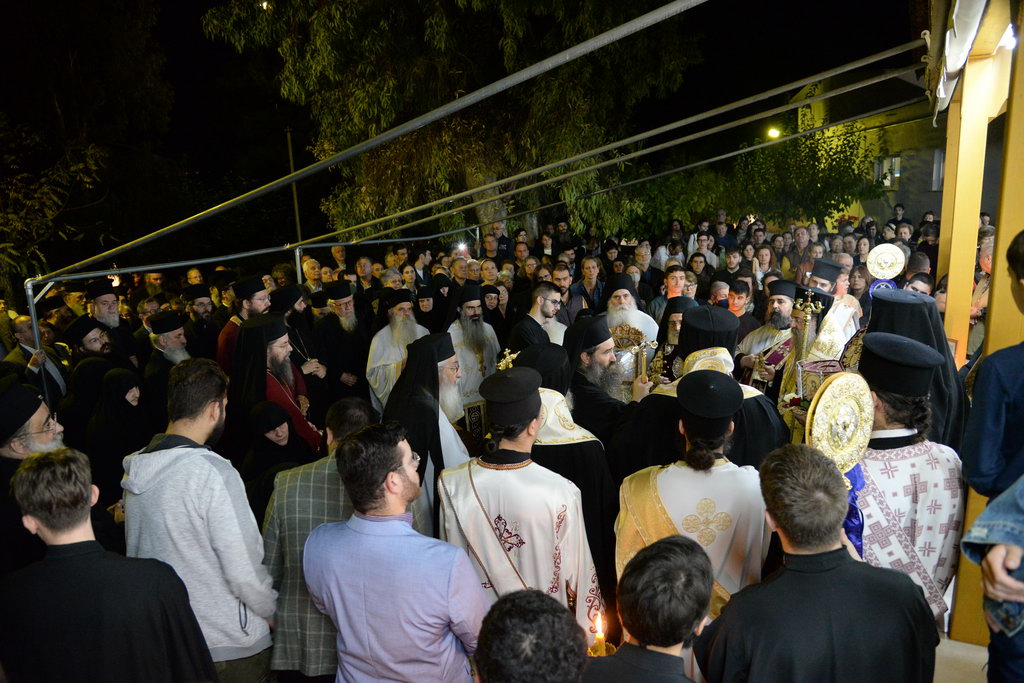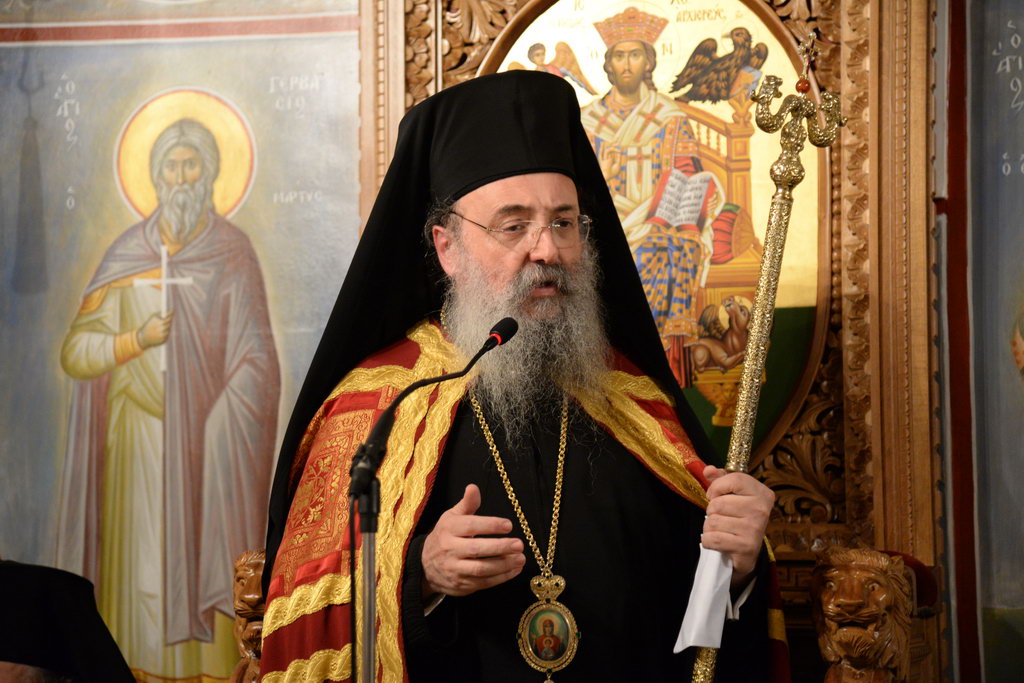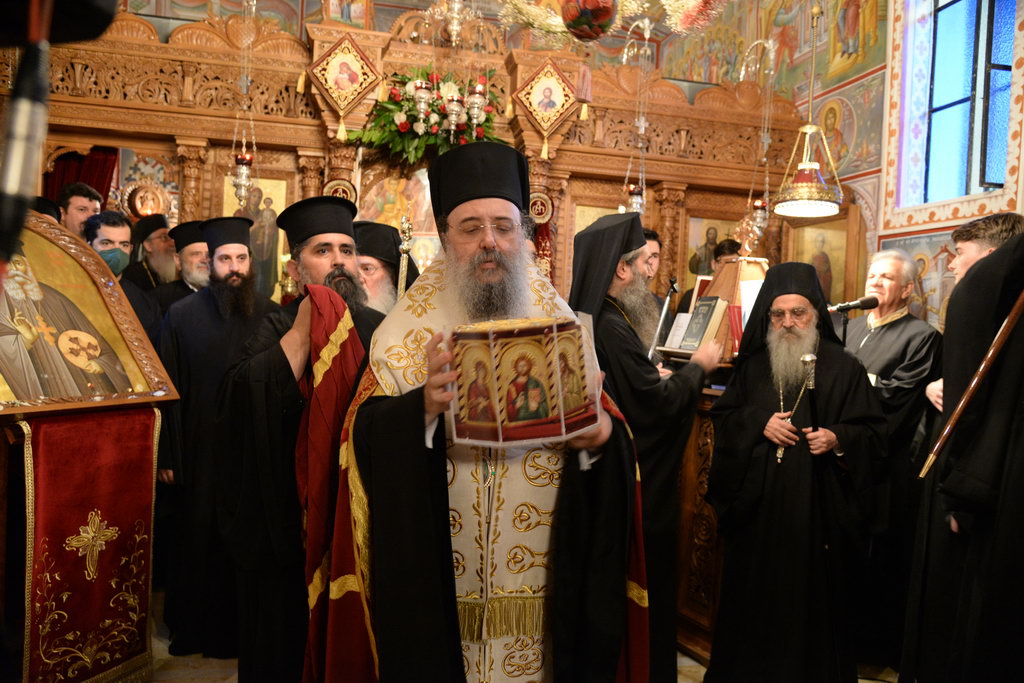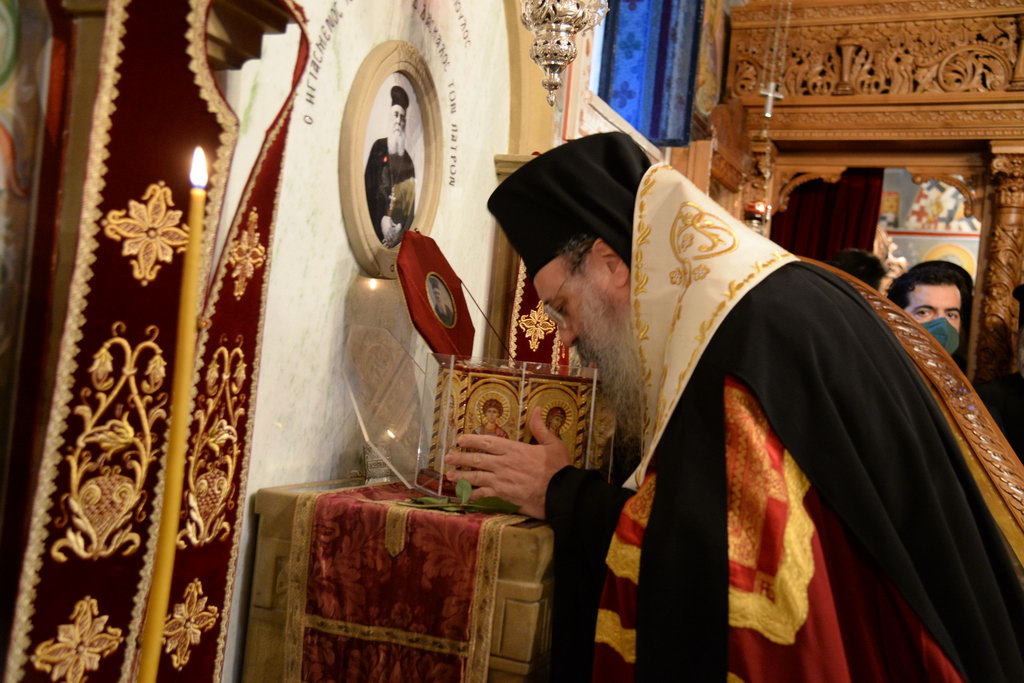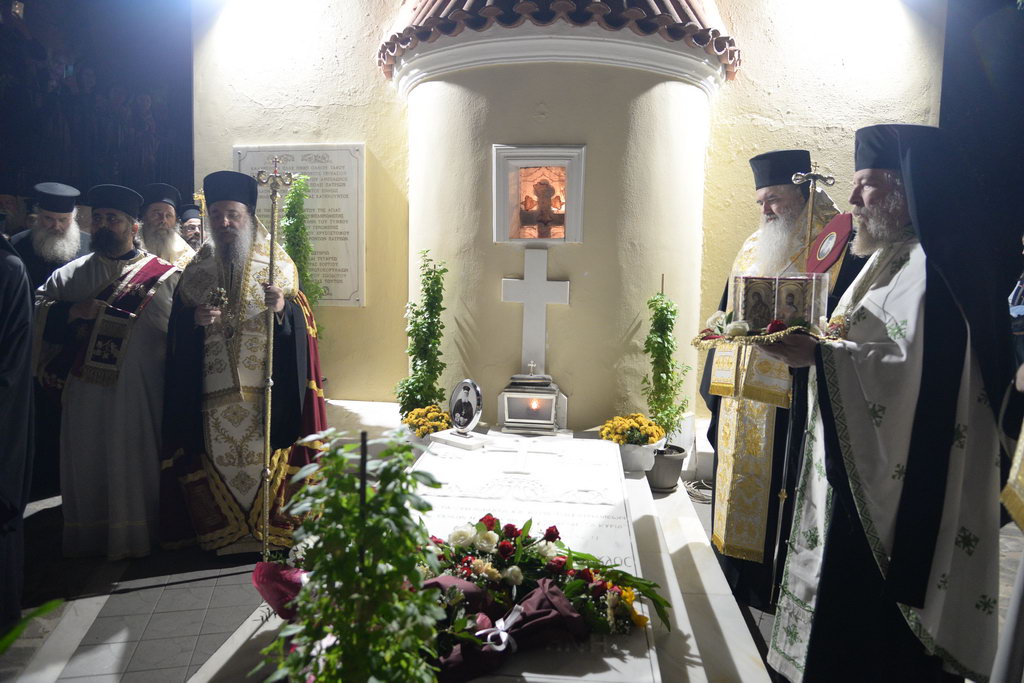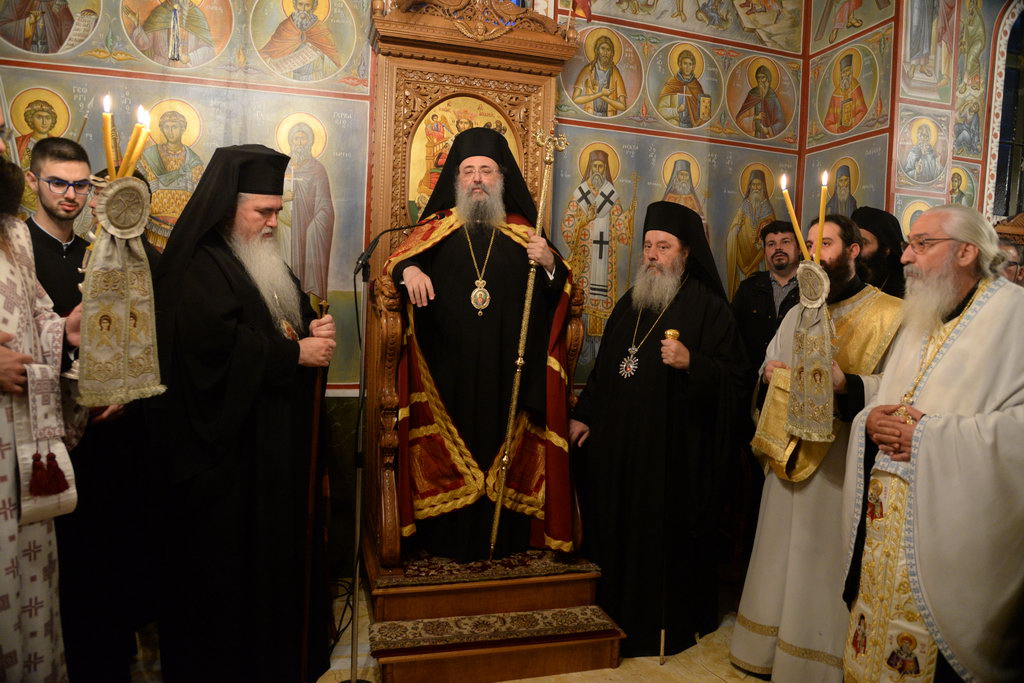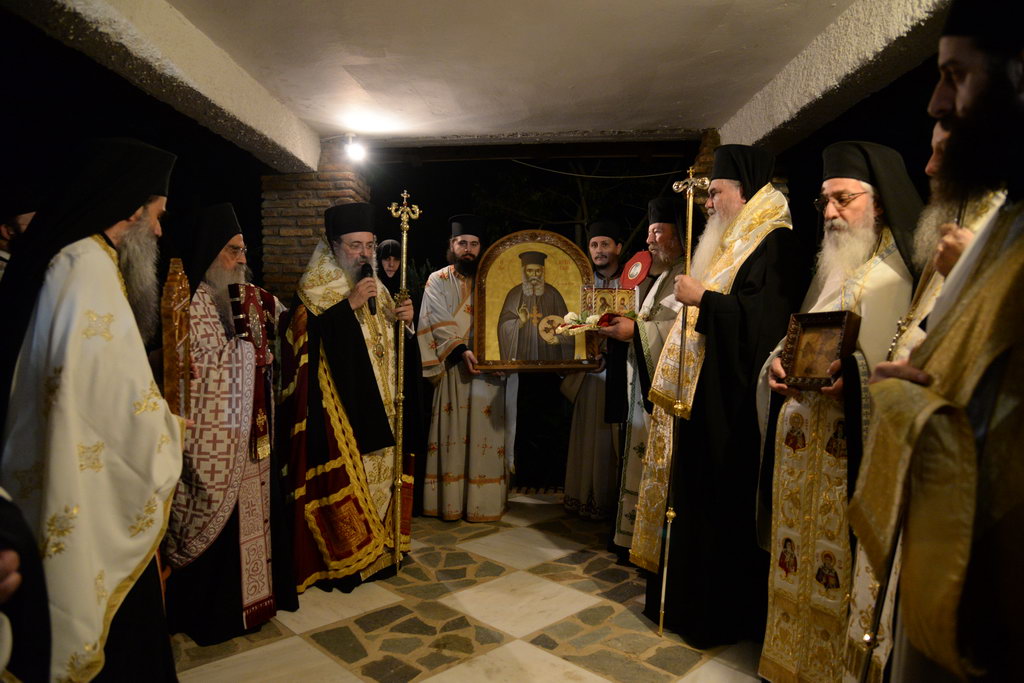The people of Patras were swept by deep emotions upon learning of Father Gervasios of Patras’s canonization by the Ecumenical Patriarchate.
The joyful news arrived from Constantinople, the Queen of Cities, during the Divine Liturgy. The bells resonated throughout Patra’s city, summoning the locals to prayer.
Amidst the Doxology, the Apolytikion and the Megalynarion of Saint Gervasios resounded for the first time.
On the afternoon of Thursday, November 16, 2023, a gathering of priests, monastics, devout Christians, and locals of Patras converged at Fr. Gervasios’s campgrounds in Agia Paraskevi of Sychaina. Here, the inaugural Vespers service in memory of Saint Gervasios of Patras was performed amidst an atmosphere of profound emotion and holy fervor.
Metropolitan Chrysostomos of Patras presided over the Vespers Service, which was con-celebrated by Metropolitan Ioustinos of Nea Krini and Kalamaria, and Bishop Chrysanthos and Kernitsis. The clergy of the Holy Metropolis of Patra also participated in the celebration. With heartfelt emotion and inner joy, the Metropolitan shared Saint Gervasios’s journey—from a humble, suffering child in Granitsa, Gortynia, born in 1877, to finding refuge and guidance under the late Metropolitan Ierotheos of Patras, who became his protector and guardian angel.
Metropolitan Chrysostomos evoked the poignant funeral service of Saint Gervasios at the Church of Saint Dimitrios in Patras in 1964 (he fell asleep in the Lord on June 30).
He also spoke about the Saint’s tomb, now a revered pilgrimage site, and recounted the glorious day of his relics’ translation on June 29, 2014.
Closing his address, the Metropolitan detailed the steps taken toward Saint Gervasios’s canonization, expressing gratitude for the revered role played by Ecumenical Patriarch Bartholomew. It was the Patriarch who proposed to the Holy and Sacred Synod of the Ecumenical Patriarchate the inclusion of Fr. Gervasios among the ranks of the Saints.
Concluding, the Holy Skull and the Holy Icon of St. Gervasios were carried in procession, accompanied by choirs of chanters, monks, nuns, and a throng of believers. Together, they chanted the Apolytikion and hymns of St. Gervasios alongside the troparia of the Resurrection.
